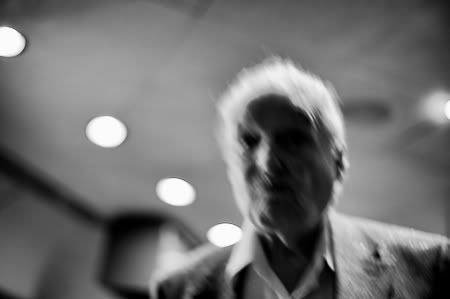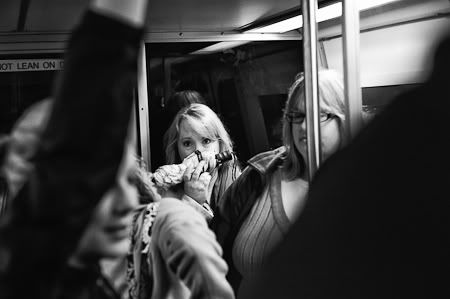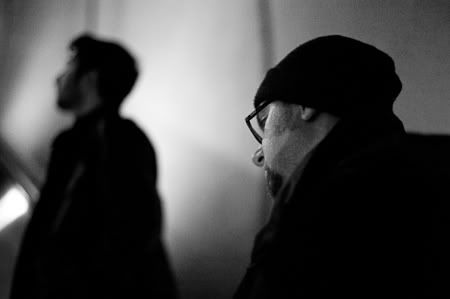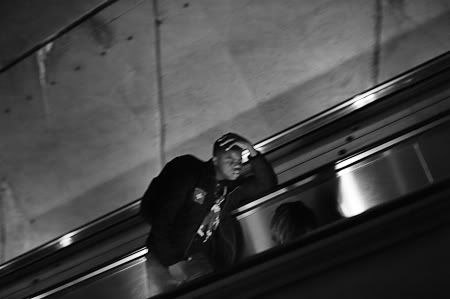If you decide to visit the Vatican Museum before you tour the Borghese Gallery, you might have become a little unfamiliar with the ability to breathe and generally hold a comfortable circumference of personal space. While the two noted museums share a location and many of the same prominent artists\’ works, the general experience of visiting each vastly differs. The Borghese\’s strict two-hour limit for a restricted number of people can be irritating (especially if you miss a room, like I did), but it does ensure that the hours you spend in that magnificent gallery are not interrupted by the greater annoyance of overcrowding.
Like many buildings built to accommodate beauty, the Borghese is an array of decadence. In the first room, gold ornaments the walls and intricate mosaics form the floor, all to provide the setting for a spectacular collection of sculptures and paintings. It\’s a pleasurable visual assault, with the most arresting pieces coming from the sculptor Gian Lorenzo Bernini. After the Caravaggio exhibition at the Quirinale last year, many people will arrive at the Borghese to cast an eye at the three Caravaggios the upper picture gallery holds, but to speed through the lower rooms and their focus upon sculpture will mean missing what Bernini has to offer. In the lower rooms, you will find Bernini\’s David, Apollo and Daphne, Pluto and Proserpine, and Truth Unveiled by Time, each white marble sculpture standing out from the visual spectacle of color in every other direction. Apollo and Daphne, particularly, is a testament to Bernini\’s mastery as a sculptor. Originally placed in such a way that only Apollo was first visible, the viewer had to circle the statue to discover Daphne fleeing the god\’s grasp as she becomes a laurel tree in her escape. Daphne\’s transformation into a tree is coupled with the transformation of the statue in the viewer\’s eye as the whole picture comes into focus. Upstairs, visitors also find Titian, Raphael, Corregio, and of course, Caravaggio. Titian\’s Sacred and Profane Love is not to be missed, a painting noted for the various interpretations of a moral unintended by its artist.
Cardinal Scipione Borghese began plans for the Gallery in the early 1600s, procuring a myriad of art with a maven-like nature that did not always ring of the most lawful or moral methods. But when you\’re the Pope\’s nephew, there isn\’t much anyone can do. The Borghese is one of those museums where it\’s worth spending the extra money for the audio guide in order to discover some of Cardinal Scipione\’s methods. The history of the collection and the notorious family that put it together just happens to make the art all the richer.

























